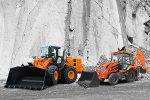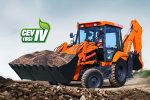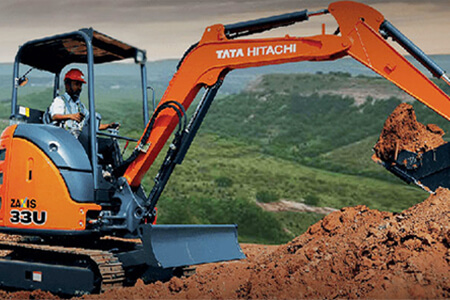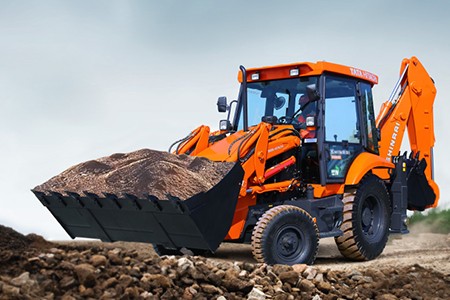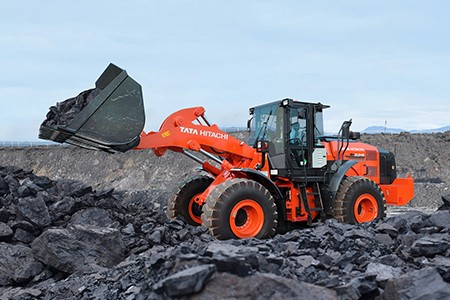Wheel Loader Vs Excavator: Unveiling the Differences and Choosing the Right Equipment
 In the world of construction and earthmoving equipment, two indispensable machines are the wheel loader and the excavator. Each of these machines has its unique characteristics and excels in specific tasks. This blog will briefly overview each piece of equipment individually, detail their differences, and suggest which equipment suits different situations. By the end, you will have a clear understanding of these machines and be able to make an informed decision when selecting the right equipment.
In the world of construction and earthmoving equipment, two indispensable machines are the wheel loader and the excavator. Each of these machines has its unique characteristics and excels in specific tasks. This blog will briefly overview each piece of equipment individually, detail their differences, and suggest which equipment suits different situations. By the end, you will have a clear understanding of these machines and be able to make an informed decision when selecting the right equipment.
WHEEL LOADER

The wheel loader is a versatile machine designed primarily for material handling tasks. It features a large front-mounted bucket attached to hydraulicly operated arms that can be raised and lowered. The key features of a Wheel Loader are that they excel in loading, carrying, and dumping various materials such as soil, gravel, sand, or debris. They are commonly used in construction sites, material handling yards, and recycling centers. Wheel loaders have powerful lifting powers that enable them to move huge loads easily. The front-mounted bucket can be replaced with attachments, such as forks, grapples, or snow ploughs, making the wheel loader adaptable to different tasks.
EXCAVATOR

An excavator is a heavyweight machine designed for digging, excavation, and demolition. It features a long boom arm with a bucket attached at the end, capable of extensive movement and precise operations. Excavators have tracks or wheels, providing stability and mobility on various terrains. An excavator’s key features are that they are specifically designed for digging, trenching, and excavation tasks. They can reach deep into the ground and perform precise operations, making them invaluable in construction projects, utility work, and landscaping. It comes with various attachments, including specialized buckets, rock breakers, grapples, and augers, expanding their functionality and making them adaptable to different tasks. An excavator’s wide tracks stabilize uneven terrains, ensuring efficient operation.
DIFFERENCES BETWEEN WHEEL LOADERS AND EXCAVATORS:
Wheel Loaders:
Wheel loaders are typically utilized as material handling equipment. They are skilled in scooping, lifting, and moving large items like gravel, sand, and building materials. Materials may be stockpiled, moved about the construction site, or loaded into trucks using the machine’s front-mounted bucket. Wheel loaders can readily maneuver on various terrains, including uneven ground, because of their huge wheels or tyres. Wheel loaders are appropriate for activities requiring regular relocation since they can move around the work sites. Their primary priority is effective material management, not deep excavation. Due to their adaptability, wheel loaders are excellent for various jobs, such as mining, construction, forestry work, recycling operations and waste management.Excavators:
Excavators are generally made for excavation, demolition, and digging jobs. They are excellent for removing tonnes of dirt, pebbles, and other ground detritus. Their hydraulic arms and bucket allow excavators to dig deep holes, lay foundations, and complete delicate digging tasks. They are frequently employed for heavy lifting, grading, and site preparation. On the other hand, an excavator’s design is longer, crawler-based, and features a rotating cabin and a hydraulic arm. Instead of wheels, they use tracks, which offer stability and better maneuverability on soft or uneven terrain. Deep digging, precision trenching, and operating in limited places are jobs that excavators excel at. Excavators are made especially for deep digging tasks. They can reach far into the earth because of the hydraulic arm’s ability to extend to enormous depths. Excavators are versatile tools that may be fitted with a variety of attachments. Different-sized buckets, hydraulic rock breakers for demolition operations, and specialized equipment like shears or augers are common attachments. Thanks to their adaptability, Excavators can adapt to various jobs, including excavation and demolition, as well as forestry, mining, and road building.SUITABILITY IN DIFFERENT SITUATIONS:
Wheel Loaders:
- Material handling: Regarding material handling, wheel loaders are the best choice for jobs that need scooping, lifting, and moving items like gravel, sand, and waste.
- Quick transfer: Wheel loaders are appropriate for activities requiring frequent transfer within the job site due to their mobility and maneuverability.
- Versatility: Wheel loaders have a number of attachments that can be added to increase their functionality for jobs and operations.
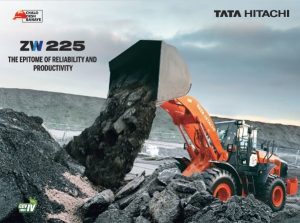
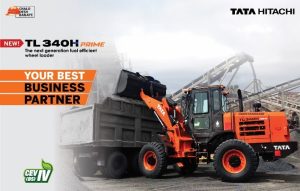
Excavators:
- Deep Digging: Excavators are excellent in deep-digging jobs like building foundations, trenching, or removing tonnes of dirt, rocks, and even waste.
- Precision and Reach: Excavators can dig precisely and intricately because of their rotating cabin, hydraulic arm, and ability to reach enormous depths.
- Limited Space: Their crawler-based construction allows excavators to operate in small and remote locations, making them ideal for tasks requiring precision maneuvering.
- Flexibility: Excavators are versatile and may be fitted with various attachments, enabling them to carry out jobs other than excavation, such as earthwork, solid waste management, canal cutting, forestry work, and road building.

The decision between a wheel loader and an excavator ultimately comes down to the project’s unique requirements, the duties involved, the nature of the terrain, and accessibility issues. The best machine for the task will be determined by weighing these considerations.
Recent Articles
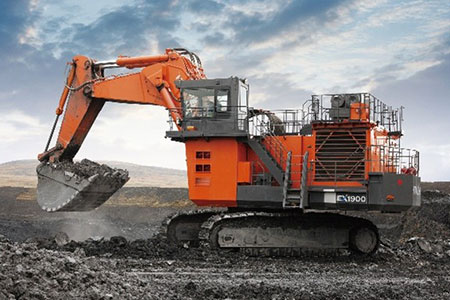
September 10, 2024.
A Comprehensive Guide to Mining Excavators by Tata Hitachi
A Comprehensive Guide to Mining Excavators by Tata Hitachi Having reliable and efficient equipment is essential for maximising productivity andContinue Reading
Read more →
March 28, 2024.
Unearthing the Power of Excavators: A Comprehensive Guide to Types and Applications
Excavator: Types, Specifications, Uses in Construction Site Excavators have revolutionized the construction and mining industries, providing unparalleled efficiency in earthmoving,Continue Reading
Read more →
March 28, 2024.
Enhancing Excavator Efficiency: A Comprehensive Guide to Excavator Attachments
Different Types of Excavator Attachments and Their Uses Excavators are strong equipment used extensively in building, mining, and other sectorsContinue Reading
Read more →
